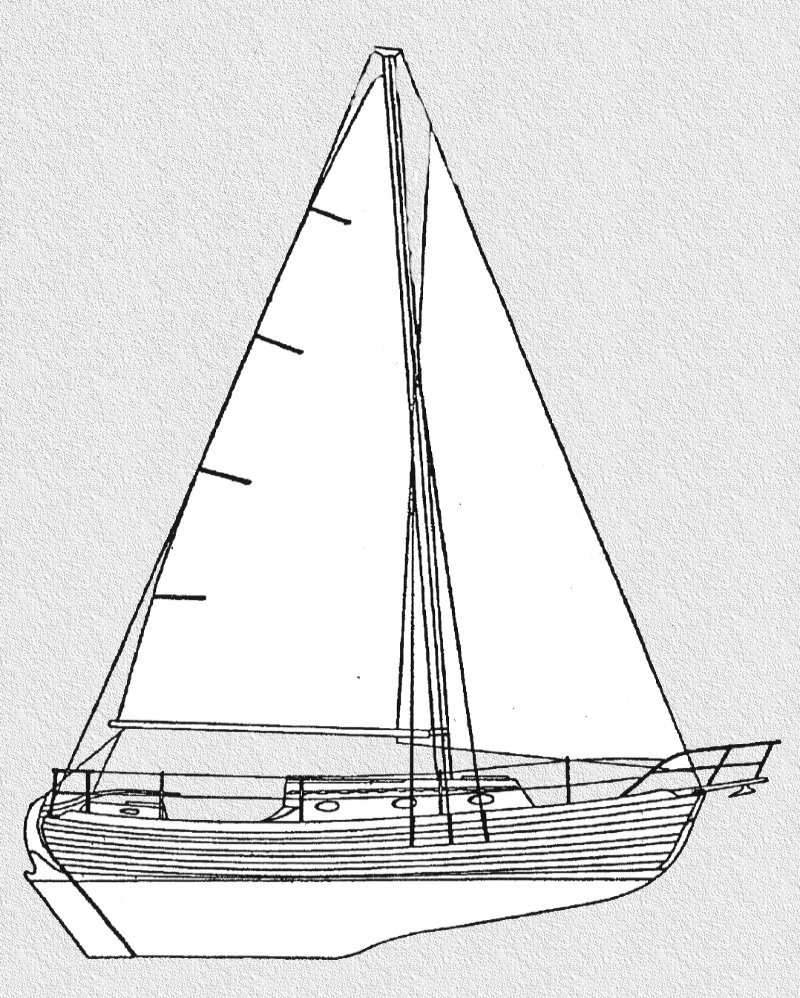 Required
items
Required
items
| HOME | Outfitting Guenevere | Contact
us |
Our DVDs |
Video Shorts |
| Short
Hops (Local Bay area cruises) |
Our Plans and Tracking | Our Position
Reports with photos |
Guenevere's Reading Room |
Links we like |
Nor'sea 27 In-Hull Depth Sounder
** Click on the graphics to see them larger with more detail. **
 Required
items
Required
items
4" X 1' PVC Tube
This is the size I used, but most any
size larger than the transducer will do.
1" X 2" PVC Tube
All the tube I used was scrap. 5"
X 5" X 1/4" Plastic plate, about .25" thick
I used
clear Lexan, but most any plastic will do.
1 Tube Silicone sealant
1 pint Mineral oil
I got it at the drug store for $1.00 (store
brand)
Construction
1. Cut the 4" diameter PVC tube so it will fit to the side of
the hull in the compartment just forward of the main cabin, and still
have the top of the tube level . 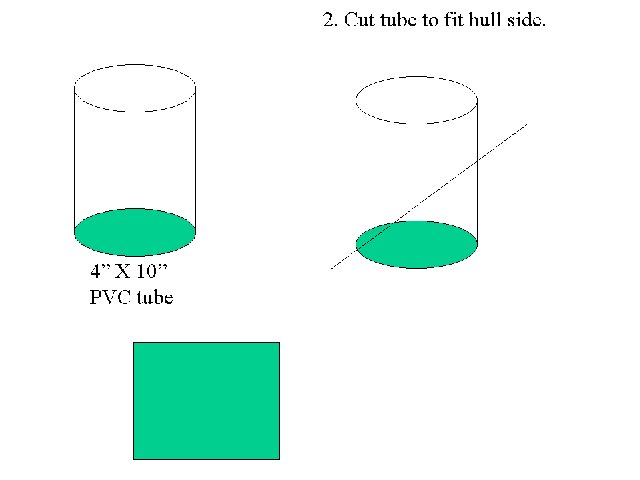
2. Using the Silicone sealant, glue the tube to the side of the
hull under the compartment bottom board. Try to keep the top of the
tube level with surface of the water. 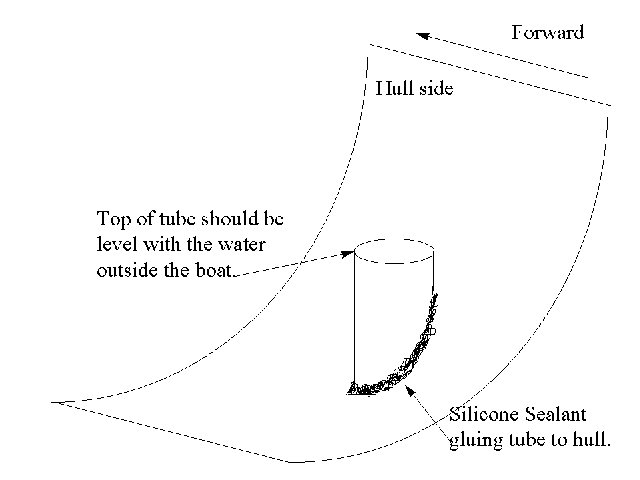
3. After the sealant has setup, I applied another layer around the inside and outside of the tube to insure it would not leak.
4. Cut a length of the small PVC tubing to fit over the body of the transducer so that when bottomed on the transducer head it will allow the transducer nut to be set on, plus the thickness of the plastic
sheet. I know this sounds strange, but 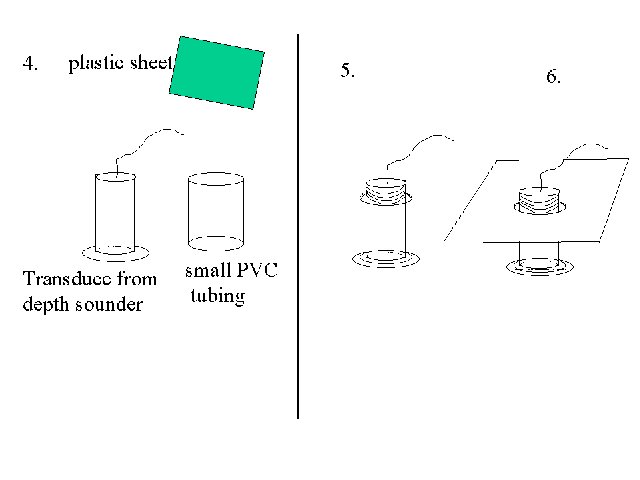
This allows the transducer head to be close to
the hull and the body to not stick up to high inside the hull,
5. Now, screw on the transducer nut so the small PVC tube and plastic plate are trapped on the transducer.
6. Gently set this assembly on top of the tube you glued to the side of the hull and determine how much of the plastic sheet must be cut away. Then remove and gently remove the excess. Keep a small piece, about one inch square, for use later to cover oil fill hole.
7. I then set the assembly back on the tube and a bit off to one side to allow me to make a small, about .25 inch fill hole.
8. Using a small soldering iron, I made the fill hole in the plastic plate. I used the soldering iron because every time I tried to drill the hole, the plastic broke.
9. We you are sure all fits well, use a paper towel and wet the
downward facing of the transducer with a liberal coat of the mineral
oil. This is not required, but helps.
When I put my system
together, it would not read the depth for about 24 hours until the
oil had coated the head
10. Now put a generous amount of the silicone sealant around the
top of the large PVC tubing and gently set the transducer assembly in
place. Allow a day or more for the silicone to set up. 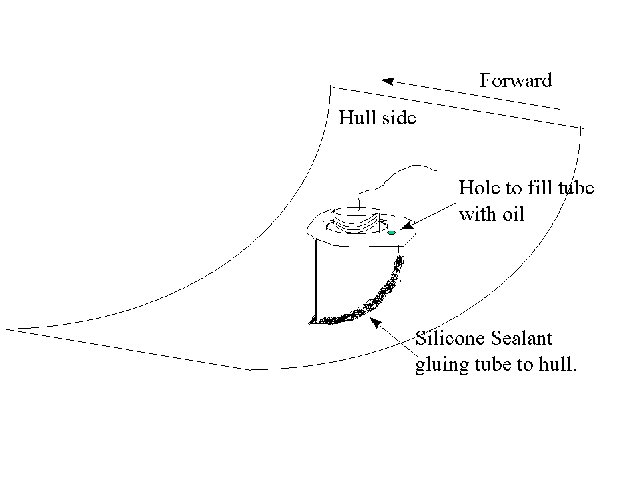
11. After the silicone is set, use a funnel and fill the assembly with the mineral oil almost to the top. I left about 1/2 inch of air space at the top to allow for expansion. Do your best to NOT spill the oil on the top of the assembly. If you do spill, clean it off very well with alcohol.
12. Spread a glob of silicone on one side of the small piece of plastic, kept from step 6 above, and cover fill hole. At this time I added another coat of silicone to all joints, just because I had some in the tube.
13. Now connect up the wires, turn it on, and admire your work.
And sleep better, knowing you have one less hole in your hull!
A photo of the finished project in Guenevere